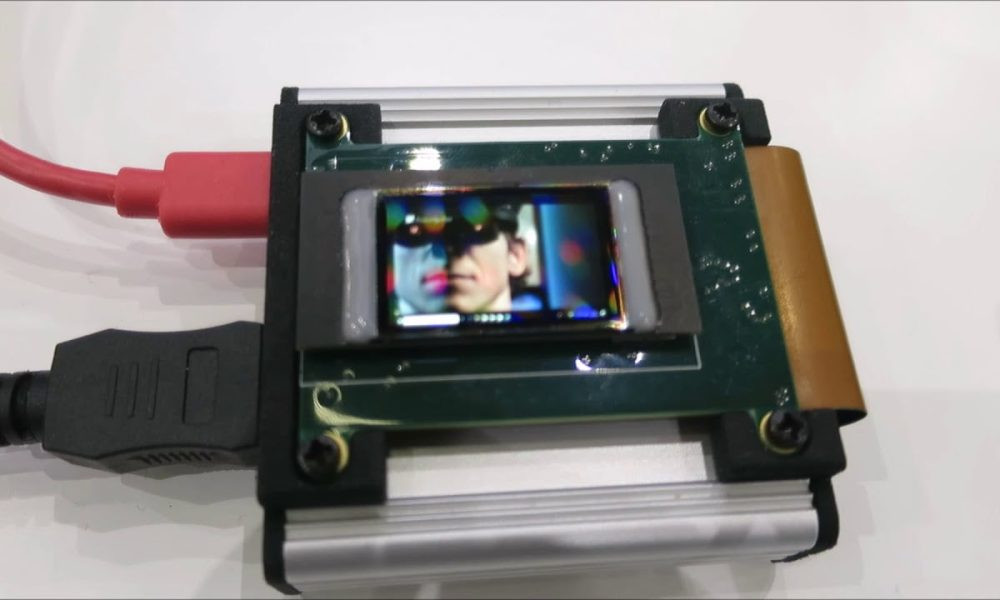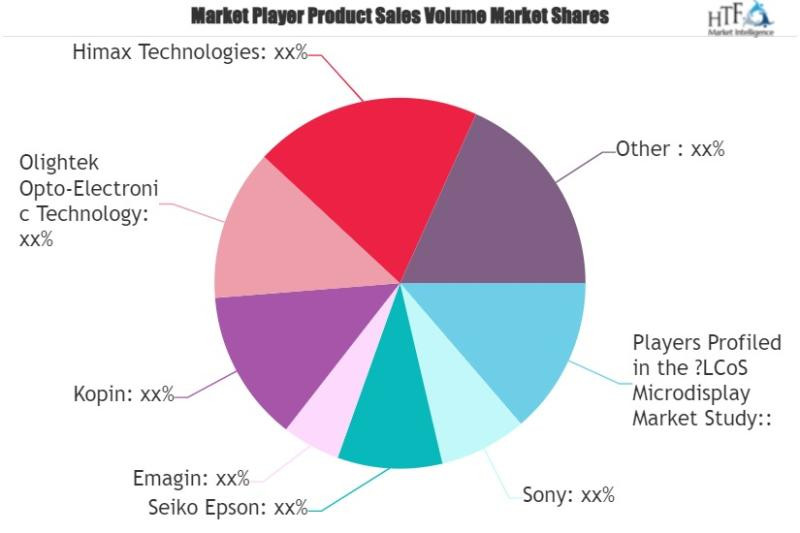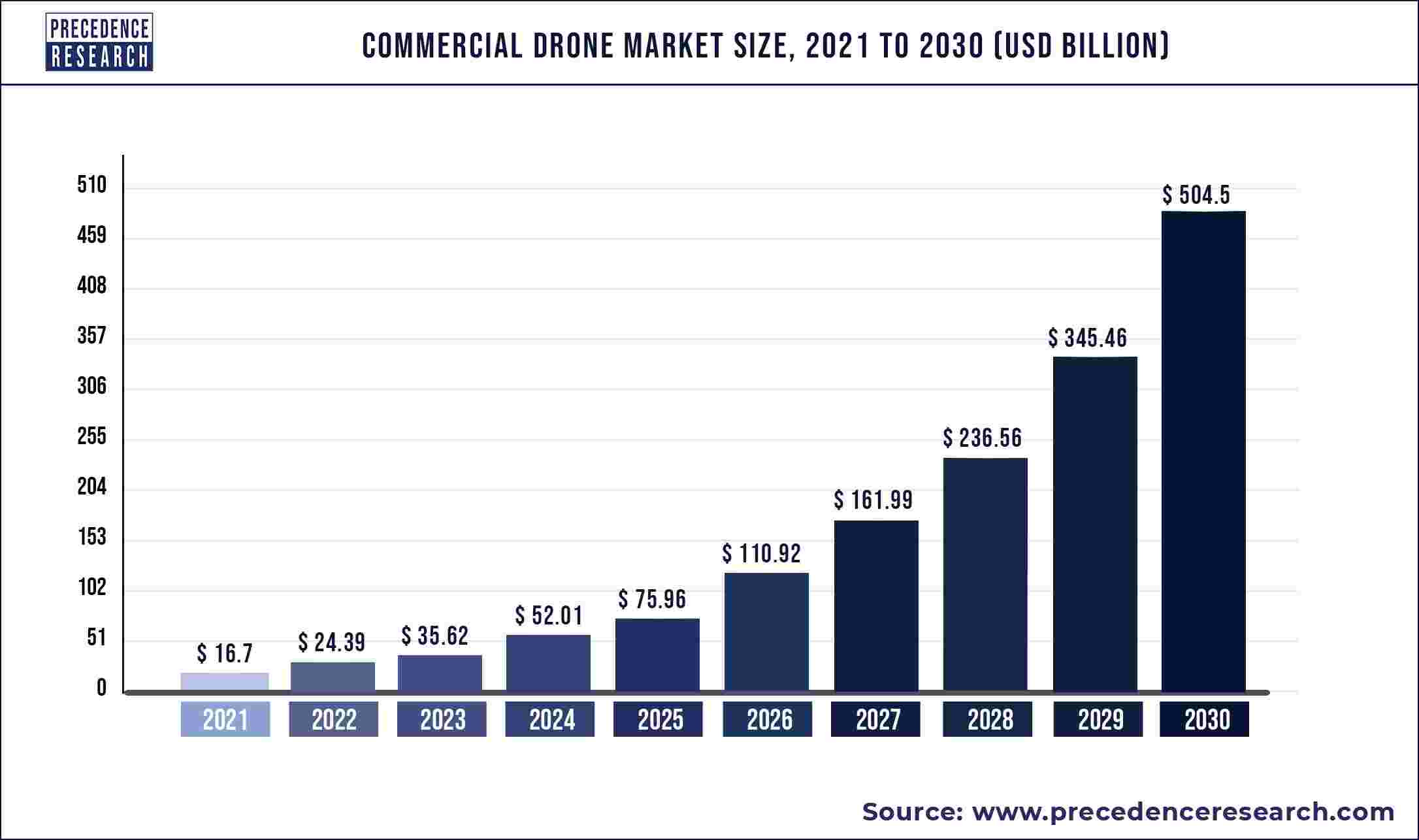Microdisplay Market: A Billion-Dollar Industry Taking Flight
The microdisplay market is experiencing remarkable growth, propelled by the increasing adoption of advanced displays and their integration into diverse applications. A recent report by ResearchAndMarkets.com forecasts the global microdisplay market to skyrocket from USD 1.3 billion in 2024 to USD 3 billion by 2029, demonstrating a compound annual growth rate (CAGR) of 18.2% during the forecast period. This exponential growth is attributed to various factors, including the rising popularity of AR/VR devices, the increasing demand for NTE devices, and the expanding wearable technology market.
OLED: The Powerhouse Behind Microdisplay Growth
The OLED segment within the microdisplay market is poised for substantial expansion. This growth can be attributed to the increasing adoption of OLED-based microdisplays in HMDs, driven by their superior efficiency, fast response times, and enhanced color range. These advantages make them ideal for delivering immersive and realistic experiences in AR/VR applications.
Furthermore, the growing demand for AR devices in the healthcare sector is further fueling the growth of the OLED segment. The ability of AR technology to overlay digital information onto the real world holds immense potential for medical applications, including surgical guidance, patient education, and remote diagnostics. For instance, the eMagin Corporation's SVGA+ Rev3 OLED-XL microdisplay, designed for near-eye personal viewer applications, showcases the increasing adoption of OLED displays in this sector.
NTE Devices: A Promising Growth Avenue
The NTE Devices segment is projected to witness significant growth during the forecast period. The adoption of OLED-based microdisplays in NTE devices is rapidly gaining traction due to their inherent advantages, such as enhanced efficiency, fast response times, and wider color ranges. The Asia Pacific region, particularly Japan, is predicted to be a dominant player in the NTE device market due to the presence of leading EVF vendors. The increasing demand for microdisplays in this region is expected to drive continued growth for NTE devices in the coming years.
Higher Than FHD: The Future of Resolution
The microdisplay market for resolutions exceeding FHD (1920 pixels horizontally and 1080 pixels vertically) is expected to expand at a faster CAGR during the forecast period. This growth is driven by the increasing demand for higher-resolution displays in AR/VR applications, enabling users to experience more realistic and immersive experiences. For instance, Sony Semiconductor Solutions Corporation (SSS) introduced the ECX344A, a high-definition 1.3-type OLED Microdisplay with 4K resolution specifically designed for AR/VR applications. This development reflects the growing demand for higher resolution displays in this sector, propelling the growth of the higher than FHD segment.
North America: A Leading Force in Microdisplay Adoption
North America is expected to exhibit the second-highest CAGR in the global microdisplay market between 2024 and 2029. The availability of advanced technologies like AR/VR HMDs in the region has fueled the demand for microdisplays, particularly in the consumer, aerospace and defense, industrial, and healthcare sectors. These displays play a crucial role in training simulations and maintenance purposes, driving the growth of the microdisplay market in North America.
The Rise of Microdisplays in Diverse Industries
Beyond AR/VR, microdisplays are finding applications across a spectrum of industries. In business and corporate settings, projectors equipped with microdisplays are gaining popularity for advertisements and presentations, highlighting the versatility of this technology.
Several North American companies are at the forefront of microdisplay production, including Kopin Corporation, Liteye, OMNIVISION, and MicroVision. These companies are actively developing innovative microdisplay solutions to cater to the growing demand from various sectors.
Microdisplay Market: A Technological Revolution
The microdisplay market is undergoing a technological revolution, with advancements in display technologies, resolutions, and brightness driving innovation. This technological evolution is fueling the adoption of microdisplays in diverse applications, from consumer electronics to industrial and medical settings.
The microdisplay market is expected to continue its growth trajectory in the coming years, driven by the increasing demand for advanced display solutions in various sectors. As the demand for AR/VR, NTE devices, and wearables continues to rise, the microdisplay market is poised to play a pivotal role in shaping the future of display technology.
A Look Ahead: The Future of Microdisplays
The future of microdisplays looks promising, with emerging technologies like AI and Gen AI poised to further revolutionize the industry. These technologies will enable the development of more intelligent and personalized microdisplay experiences, opening new possibilities for applications in various sectors.
The microdisplay market is on the cusp of significant advancements, fueled by technological innovation, growing demand, and the emergence of new applications. As the market evolves, we can expect to see even more groundbreaking developments that will further shape the future of display technology and create a more immersive and interactive world for users.


















